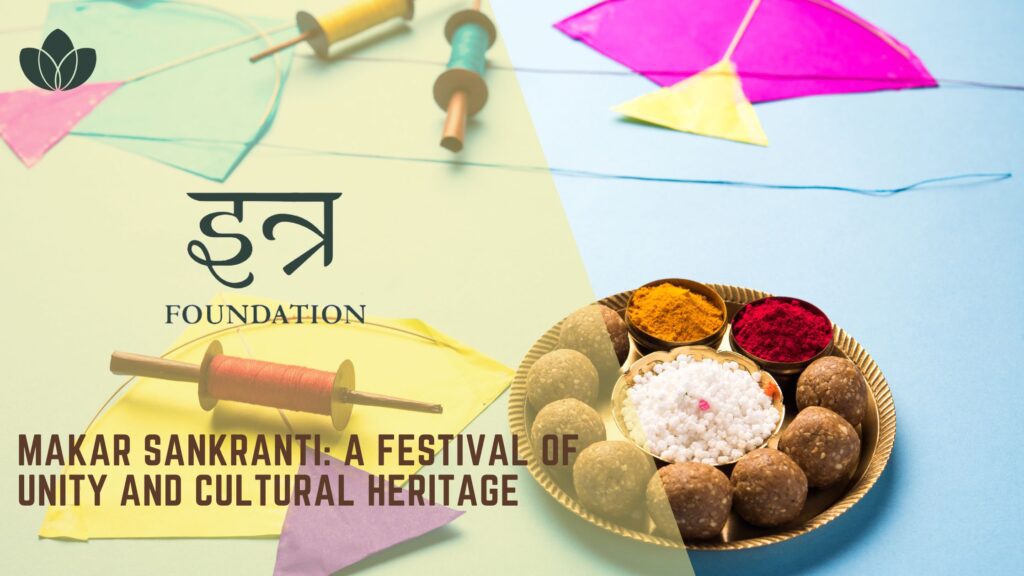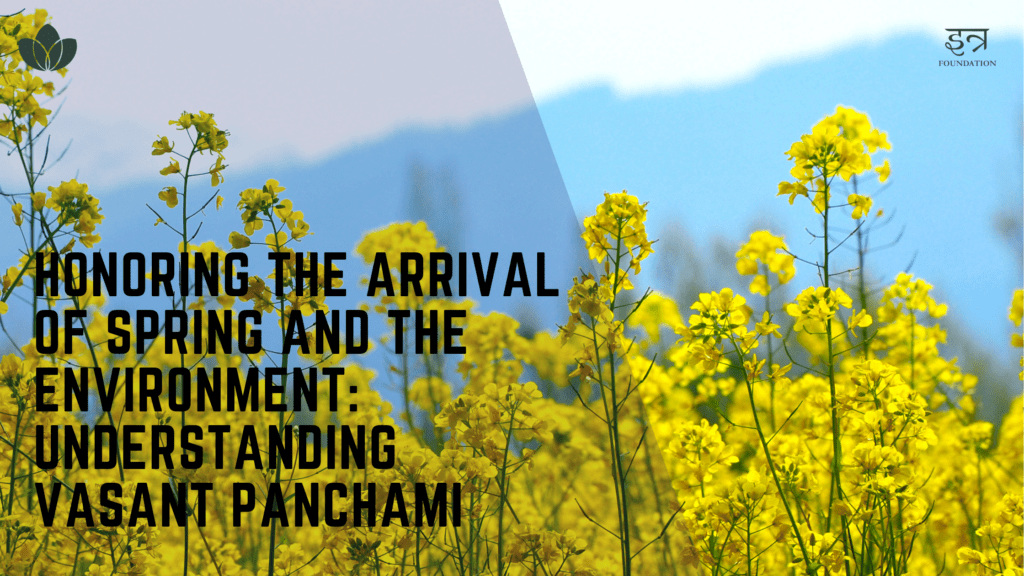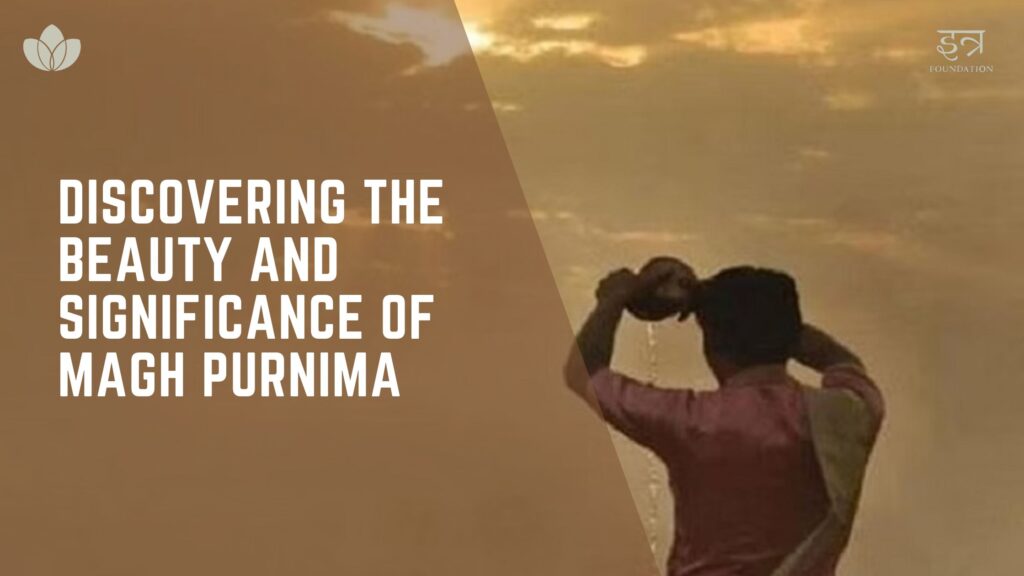Introduction
Makar Sankranti is one of the most auspicious and celebrated festivals in India. It marks the transition of the sun from Sagittarius to Capricorn and signifies the arrival of spring and the end of winter. Makar Sankranti has a rich history and cultural significance, deeply rooted in India’s religious, social and agricultural traditions. From kite flying to traditional sweets, and religious rituals to cultural customs, Makar Sankranti is celebrated with great fervor and enthusiasm all over India, with each region having its unique way of observing the festival. This blog post delves into the history and cultural significance of Makar Sankranti and explores how this festival has evolved over time and its role in promoting social harmony and cultural unity in modern India. It aims to give readers a comprehensive understanding of the festival and the reasons behind its celebration.
History and origin of Makar Sankranti
Makar Sankranti has a long history and rich cultural background, deeply rooted in the mythology and religious traditions of India. According to Hindu mythology, it marks the day when Lord Surya, the sun god, begins his journey northwards, signaling the end of the long, dark winter and the arrival of spring. This is also the day when the god of death, Yama, visits his ancestors and it is believed that performing rituals and giving alms on this day can appease the ancestors and bring blessings. Makar Sankranti has been celebrated in India for centuries, with references to it in ancient texts and historical records. The festival is celebrated with great fervor and enthusiasm all over India, with each region having its unique way of observing the festival. For example, In Gujarat and Maharashtra, the festival is marked by the flying of colorful kites while in South India, it is celebrated as Pongal and Sankranti, and is associated with the harvest season. Throughout the country, it is a time for exchanging sweets, participating in religious rituals, and spending time with family and friends. It is a festival that has deep cultural, social and agricultural importance in India’s history.
Celebrations and Rituals of Makar Sankranti
Makar Sankranti is celebrated with great fervor and enthusiasm all over India, with a variety of traditional celebrations and rituals that are unique to different regions of the country. In Gujarat and Maharashtra, one of the most iconic celebrations is the flying of kites, where people take to the rooftops and fly colorful kites to mark the festival. In these regions, kite-flying is seen as a symbol of hope and renewal, and is enjoyed by people of all ages. In South India, the festival is celebrated as Pongal and Sankranti, and is closely associated with the harvest season. People offer prayers to the sun god, offer thanks for a bountiful harvest, and prepare traditional sweet dishes made with new rice, jaggery and milk. Many people also participate in community fairs and take a dip in sacred rivers, such as the Ganges, to purify themselves and absolve their sins.
In other parts of India, people also perform traditional rituals, such as taking a holy bath, visiting temples and offer prayers, giving alms and treats to the poor, and exchanging sweets with family and friends. The celebrations and rituals of Makar Sankranti have evolved over time, adapting to the changing social and cultural context. With modernization, the festival has become more of a social and cultural event, and is now celebrated more as a community festival, where people come together to celebrate the arrival of spring and the end of winter. These celebrations provide an opportunity for people to come together and share their happiness, helping to promote social harmony and cultural unity.
Makar Sankranti’s significance in Modern Times
Makar Sankranti holds a special significance in modern times, as it serves as an opportunity for people to come together and celebrate a common festival, promoting social harmony and cultural unity. The festival has become more of a social and cultural event, rather than just a religious one. With modernization, the celebrations and rituals of Makar Sankranti have evolved to adapt to the changing social and cultural context. For example, in recent years, many cities and towns in India have started to organize community fairs, cultural programs, and kite-flying competitions to mark the festival, encouraging people from different backgrounds to come together and celebrate.
In addition to promoting social harmony, Makar Sankranti has become an important cultural symbol in modern times, representing the continuity of age-old traditions and customs. It serves as a reminder of the rich cultural heritage of India and the importance of preserving it for future generations. The festival also reflects the importance of environmental protection, and many organizations and individuals have started to raise awareness about the importance of protecting the environment during the festival. Modernization also brings more variety in the celebrations, making it more inclusive and accessible for people from all backgrounds to take part in it, which is a positive impact.
Conclusion
Makar Sankranti is a festival that has deep roots in the history and cultural traditions of India. It is a celebration of the arrival of spring, the end of winter, and the coming of a new harvest season. The festival is celebrated with great fervor and enthusiasm all over India, with each region having its unique way of observing the festival. From kite flying to traditional sweets, and religious rituals to cultural customs, Makar Sankranti is a festival that has something for everyone.
It is not only a festival that celebrates the change of seasons but also it has deep social, cultural, and environmental significance. It promotes social harmony, cultural unity, and the preservation of the rich cultural heritage of India. It also reflects the importance of environmental protection, which is becoming more relevant with time. This blog post has aimed to provide readers with a comprehensive understanding of the history and cultural significance of Makar Sankranti and the reasons behind its celebrations. We hope that readers will find this post informative and encouraging to learn more about the festival and experience it for themselves.





